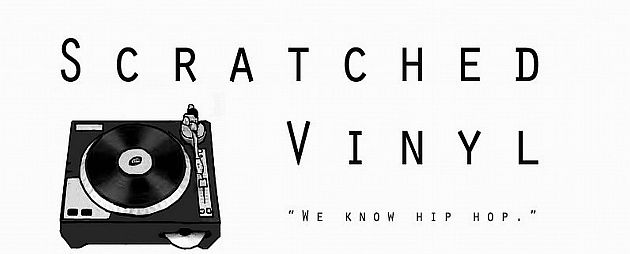The Big Payback: The History of the Business of Hip Hop by Dan Charnas
Written by Chi Chi Thalken on January 6, 2011People have written about the history of hip hop, and some have folded discussions of its business practices into those narratives, but none have so thoroughly explored the history of the business side of hip hop as Charnas has here. Some of it you have heard before, and some of it you haven’t. Charnas does an excellent job of bringing in as many substantial business practices as he can that influenced the shape of hip hop.
Charnas has professional experience in A&R, but don’t worry about this being an insider’s book. He is also a journalist, and keeps everything very objective. He does a great job of presenting all sides in business disputes and lets the reader draw their own conclusions. His writing is excellent, and he does a very good job in making sure his prose doesn’t get weighed down by business verbiage. A book like this could overwhelm readers with jargon and flow charts as labels merge, fold, are bought out and redistributed, but Charnas explains everything so that a lay businessperson could understand it, but never talks down to his audience.
The Big Payback spans from hip hop’s early days, with the rise and fall of Sugar Hill Records, all the way through the mid 2000s, ending with the conflict between Def Jam and Roc-A-Fella. There’s a lot that gets covered in between, and this is where the book gets really fascinating. A large portion of the book is devoted to Def Jam, and I realize that’s by necessity, but a lot of the more interesting parts come elsewhere. RZA’s genius business plan for Wu-Tang, wherein they established the freedom to sign as solo artists on different record labels should be taught in college. Darryl Cobbin’s plan to use hip hop to sell Sprite not as a novelty but by using respected artists like DJ Premier and KRS-One helped mainstream America take hip hop seriously. Wendy Day’s work with the Rap Coalition, helping artists negotiate with labels, ushered in a new generation of artists that understood the business side of the music industry. These are all fascinating stories that are crucial to how hip hop operates in America today. I know other people will want to know about the drama at Def Jam between Lyor Cohen, Russell Simmons, Rick Rubin, and others. For me, it’s the rest of the picture that’s much more colorful, and that’s where the real importance of the book comes in.
If there’s any fault to the book it’s that there are more subjects that could have been covered. As it is, the book is already coming in at over six hundred pages, so it’s hard to fault Charnas for not spending as much time on No Limit or other interesting smaller labels that have made an impact. There’s plenty to chew on, though. Hip hop has had a very direct and intriguing relationship with capitalism, and Charnas does an excellent job of telling the story.
| Title: | Dan Charnas - The Big Payback: The History of the Business of Hip Hop |
|---|---|
| Label: | New American Library |
| Year: | 2010 |
| Rating: | 8/10 |
